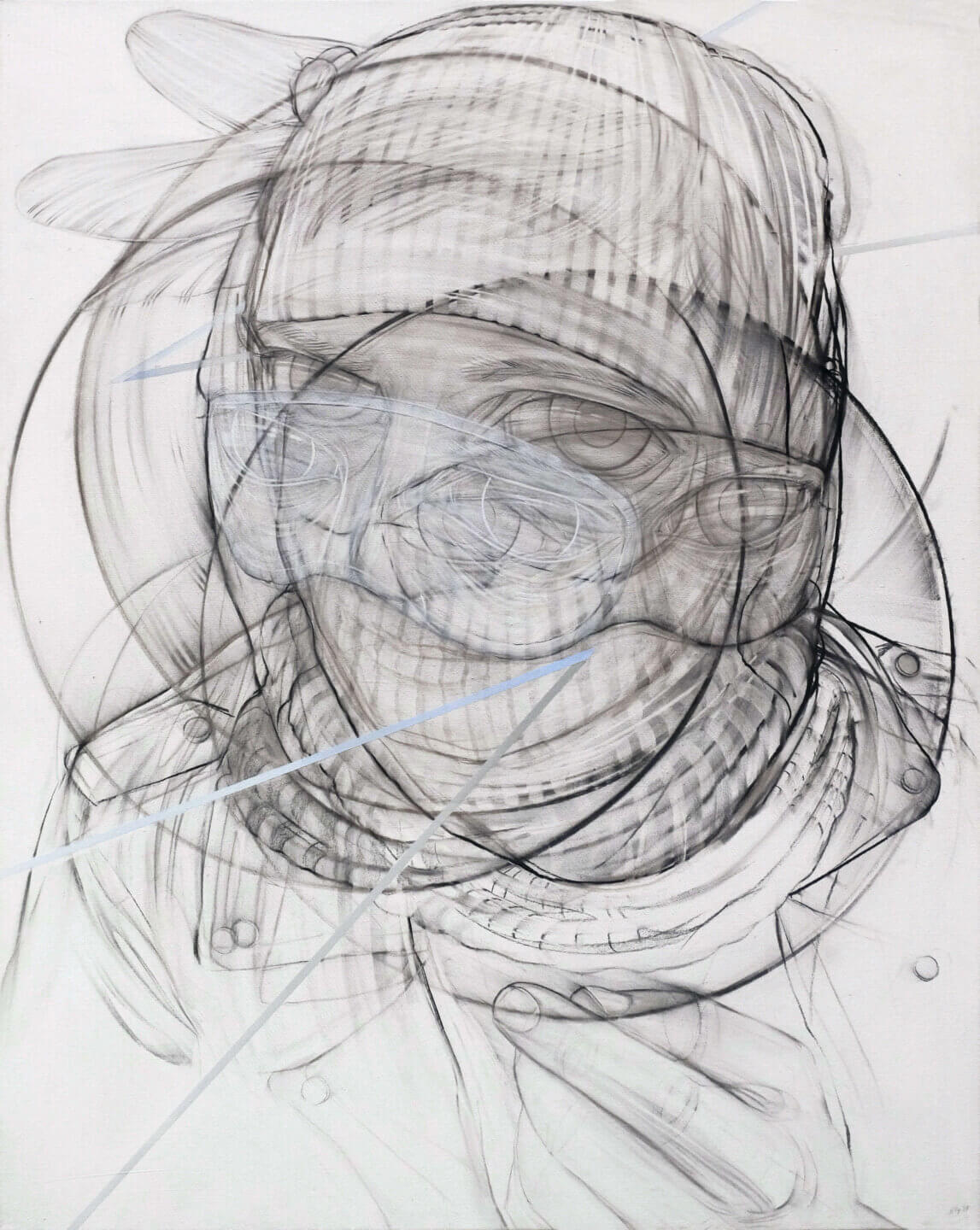Roland Reiter
/ Stylianos Schicho
Opening / 23.09. / 18.00-21.00
Exhibition / 24.09. - 12.11.
Benjamin Eck Projects
Müllerstraße 46a / München
Google MapsSTYLIANOS SCHICHO
In the works of Stylianos Schicho, the viewer is encouraged to question his point of view, to change his perspective or even to take a different look at himself. Stylianos Schicho is always concerned with observation, communication and interaction.
These take place between motif and recipient, but are also symbolic of society and its structures. On large-format canvases, Schicho skilfully depicts the permanent balancing act between closeness and distance, between intimacy and isolation. The artist combines form and content through the use of numerous metaphors, thereby pointing to discrepancies between the individual and the collective.
Dragonflies, for example, Schicho repeatedly paints as a complement to the people. They have very good eyesight and possess an extraordinary flying apparatus that enables them to observe while standing in the air. Another element in Schicho's work are circular structures that meet, connect or burst.
These bubbles suggest an intimate zone, a retreat that remains an illusion.
The artist's pictorial constructions are painted social criticism that address sociological processes and their effects.
Vanessa Bersis
1998-2005 studies of painting and graphics (Professor W. Herzig) 2005 Diploma, University of Applied Arts (Vienna)
1977 born in Vienna, Austria
Selected Group/Solo Exhibitions:
Leopold Museum - Vienna/AT, Kunsthalle Krems/AT (Solo), Künstlerhaus - K/haus - Vienna/AT (Solo), MAK Austrian Museum of Applied Arts / Contemporary Art - Vienna/AT, Galerie Clairefontaine / Luxembourg (Solo), Hilger NEXT - Vienna/AT (Solo), Galerie im Traklhaus - Salzburg/AT, das weisse haus - Vienna/AT, Museum Angerlehner - Thalheim bei Wels/ AT, Lukas Feichtner Gallery - Vienna/AT (Solo), Galerie Wim van Krimpen - Amsterdam/NL (Solo), STRABAG Kunstforum - Vienna/ AT (Solo), C-Collection residency / Miami, Showroom MAMA - Rotterdam/NL, TAF the Art Foundation / Athens, Danubiana Meulensteen Art Museum / Bratislava – Art fairs: Vienna, Cologne, Amsterdam, Rotterdam, Istanbul, Mexico City, Miami, New York, Chicago, Dallas
Collections:
Austrian State Collection - bm:ukk Artothek des Bundes - Vienna/AT, Albertina Graphic Art Collection - Vienna/AT, The Hilger Collection, HIDDEN COLLECTION – Collection Jacques Carrio, ARTcollection Strabag / Austria, The Granary – Melva Bucksbaum and Ray Learsy Collection, Lenikus Collection - Vienna/AT, SNS REAAL Fonds NOG Collection / NL, C-Collection/ Liechtenstein, Collection of the city Vienna - Musa - Vienna /AT, Collection Leopold Museum - Vienna/AT, Collection/Museum Angerlehner - Thalheim / Wels/AT, Art Collection - University of Applied Arts - Vienna/AT.
Awards and grands:
Strabag Artaward International, 2017 (Recognition award) “MEGABOARD ART WALLs 2014” Austria (1. prize), Artprize “Young & Collecting 2010” Art Amsterdam / SNS REAAL Fonds, Grand Prix of the 1st Danube Biennale / Danubiana Meulensteen Art Museum/Bratislava (1. prize), Walter Koschatzky Art-Award 2007 (second prize), Sophie und Emanuel Fohn scholarship.
ROLAND REITER
Now, “by nature” there is no object in the world that could be half motorcycle, half drum kit. Technology will also be wary of building something that cannot be of any use. Reiter's thing is the disruption of naturalism. His works therefore also contain polemics against any conventional depiction guided by a sense of reality.
So you see again that art comes from "artificial", that it has its own rules (ie: its own possibilities) and that its purpose is not a use. This is not to say that it is unusable:
The expression of joy, even of obsession, is indispensable because it says that a person on earth could be helped after all, and at least that
not everyone has to be unhappy. The expression of joy competes with the sense of reality.
The materialized mix of motorcycle and drums has something of the way dreams assemble their own reality.
Dreams (like myths once were) are not unreasonable. They are rational in a different way, and art is the socially granted and permitted opportunity to work with (and for) this other reason.
Last but not least, Reiter's way of working is anchored in his personal life. The artist edits, sublimates, but also coarsens and dramatizes experiences he made along the way. His art does not calculate coolly, but the emotional, the "expressive" moment is one of its characteristics.
The motorcycle drums (or motorcycle drums) testify to this and the original expressive honesty of rock and roll is a utopian motif of this dream work. If one deals with Reiter's work, one encounters another motif that is not unknown from dreams:
Skins and hair that get to your skin in Reiter's art.
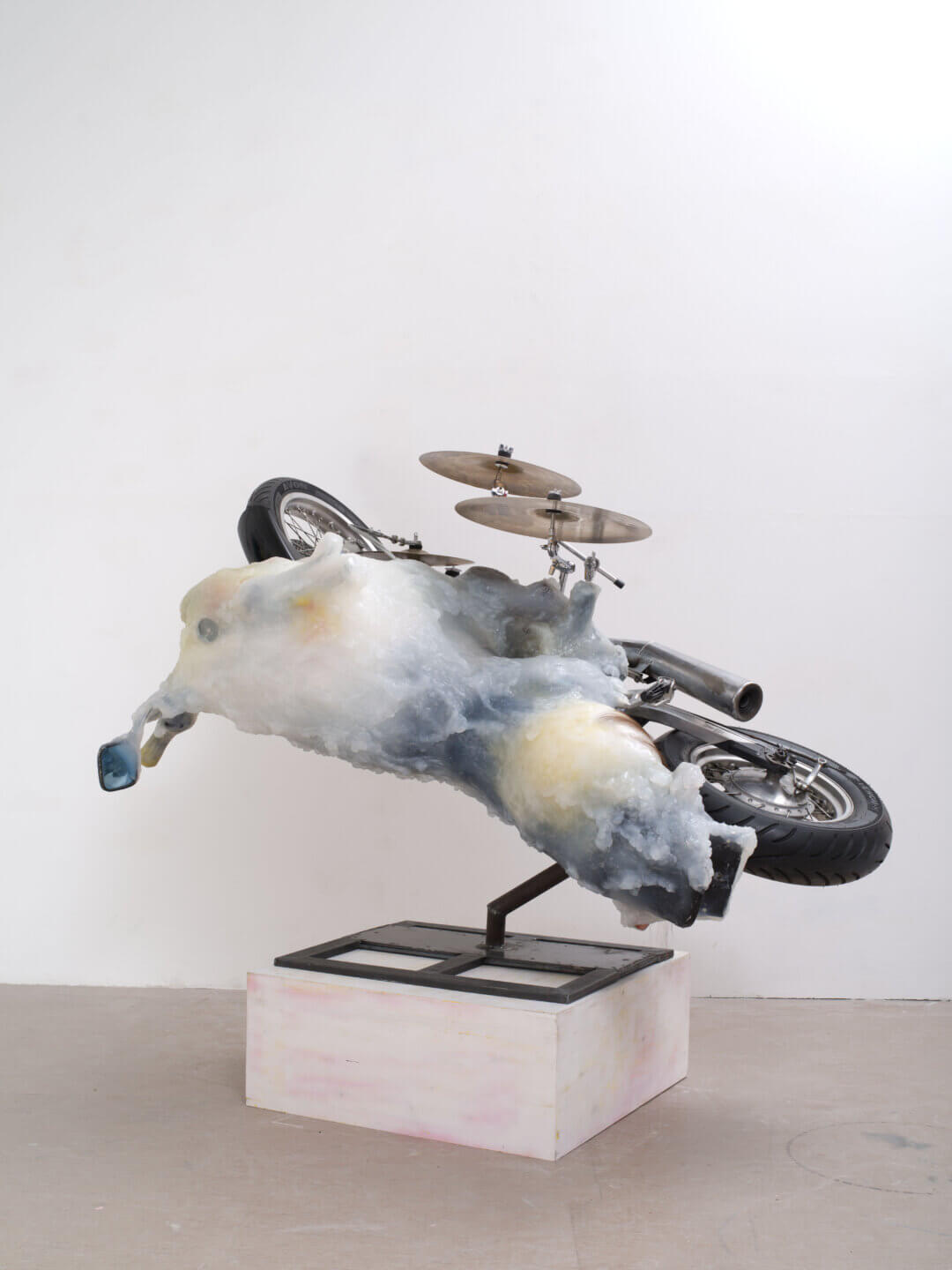
Kawasaki Z 650
2015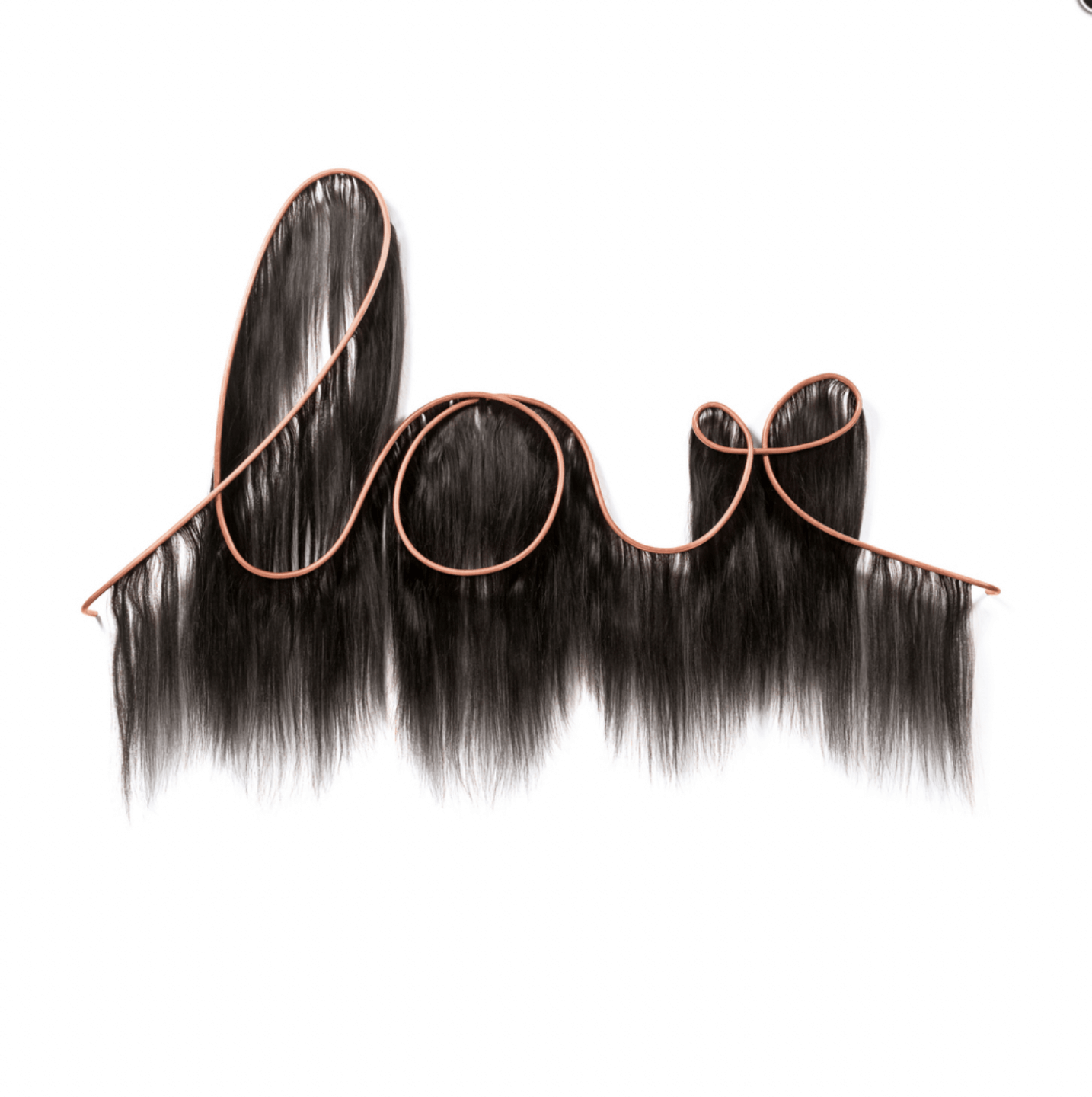
Love
2015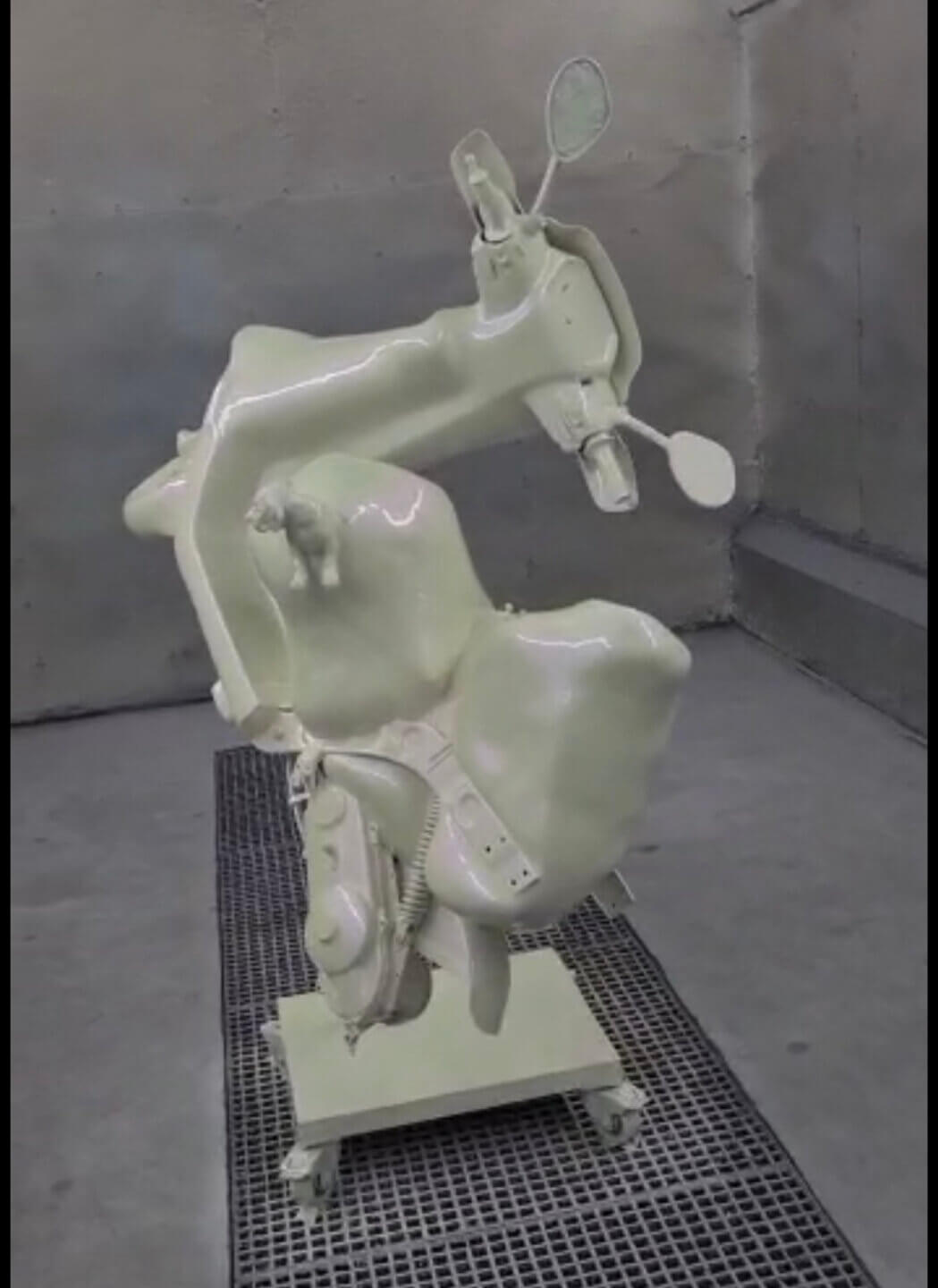
Derbi
2022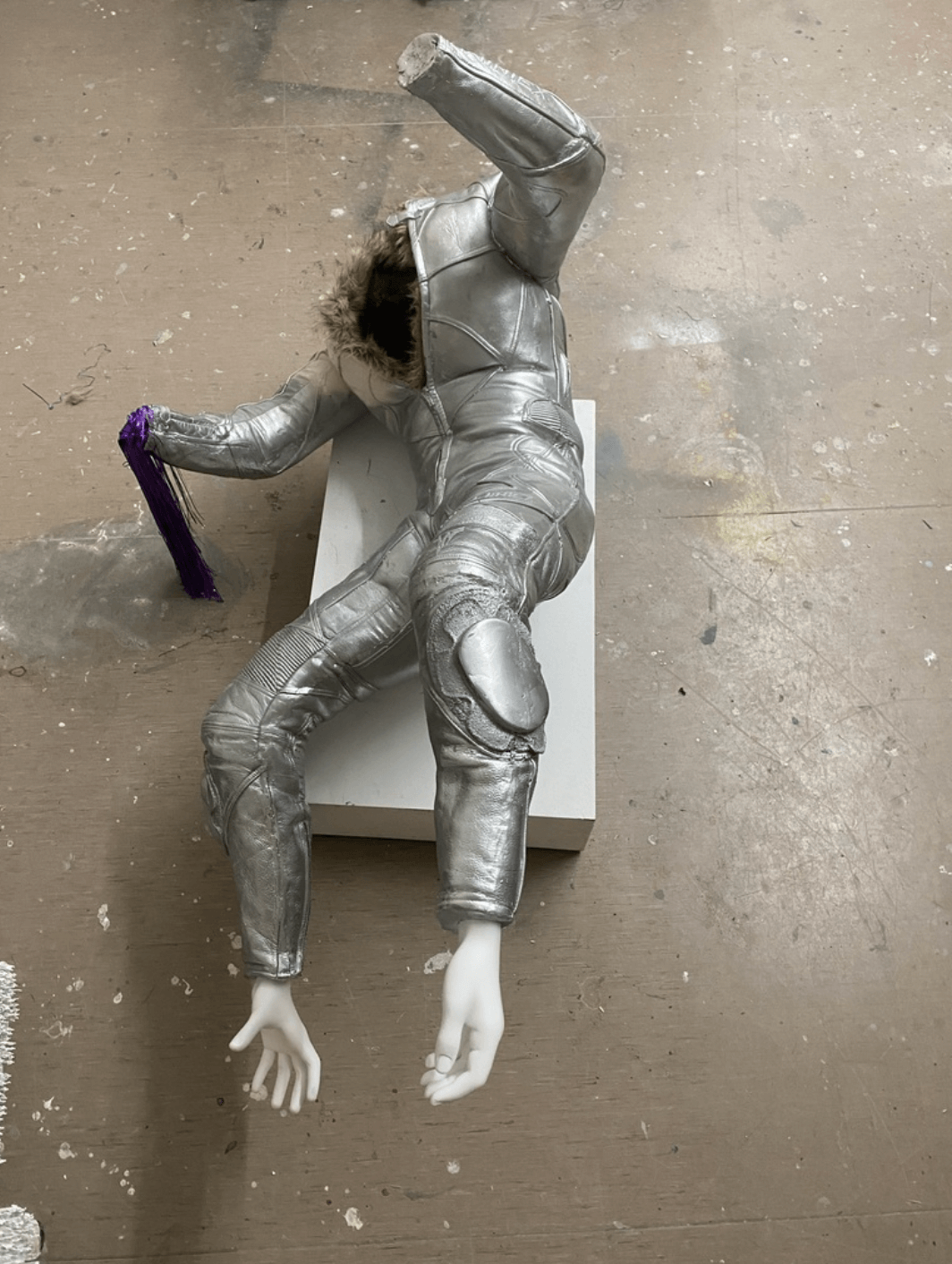
Rob
2022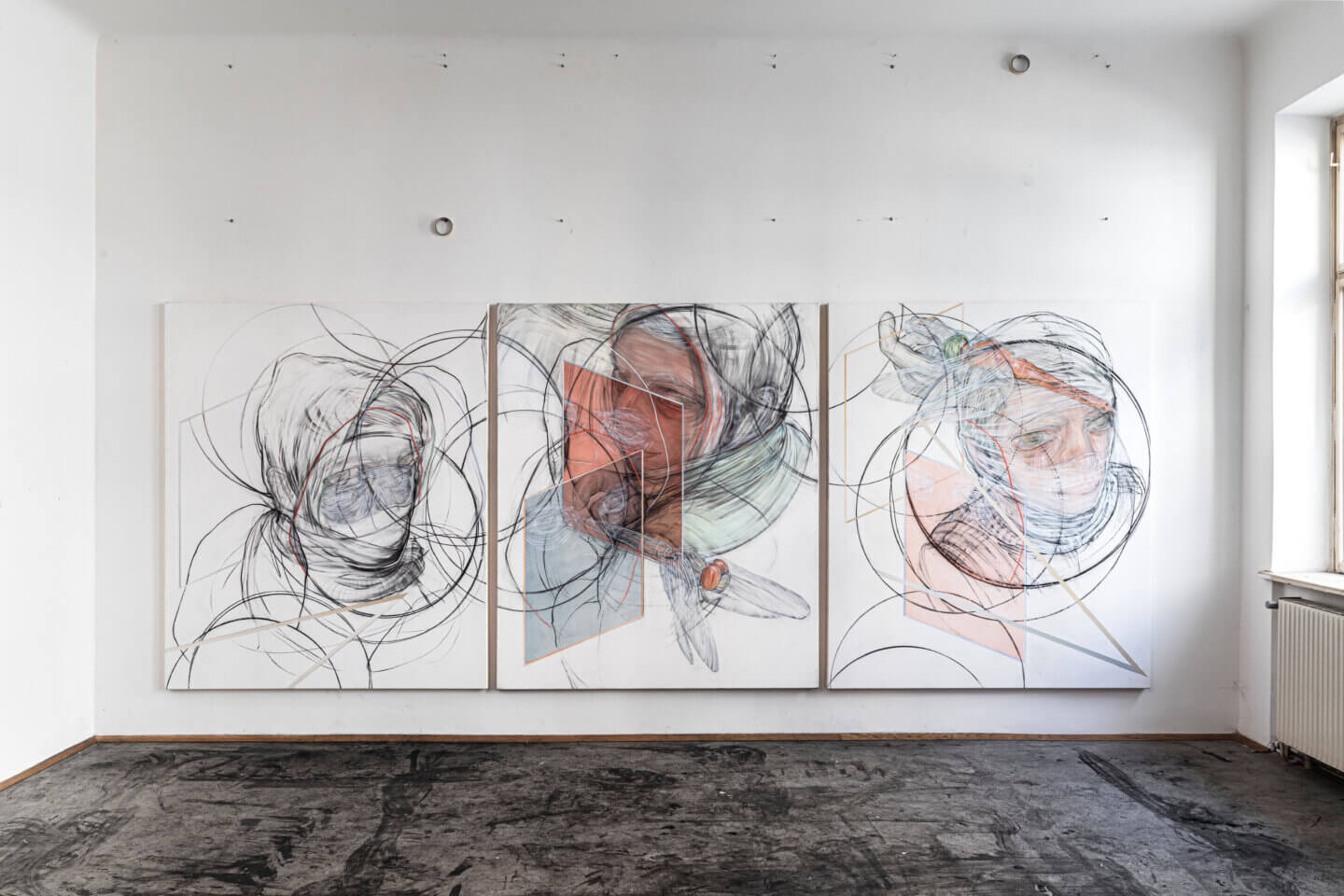
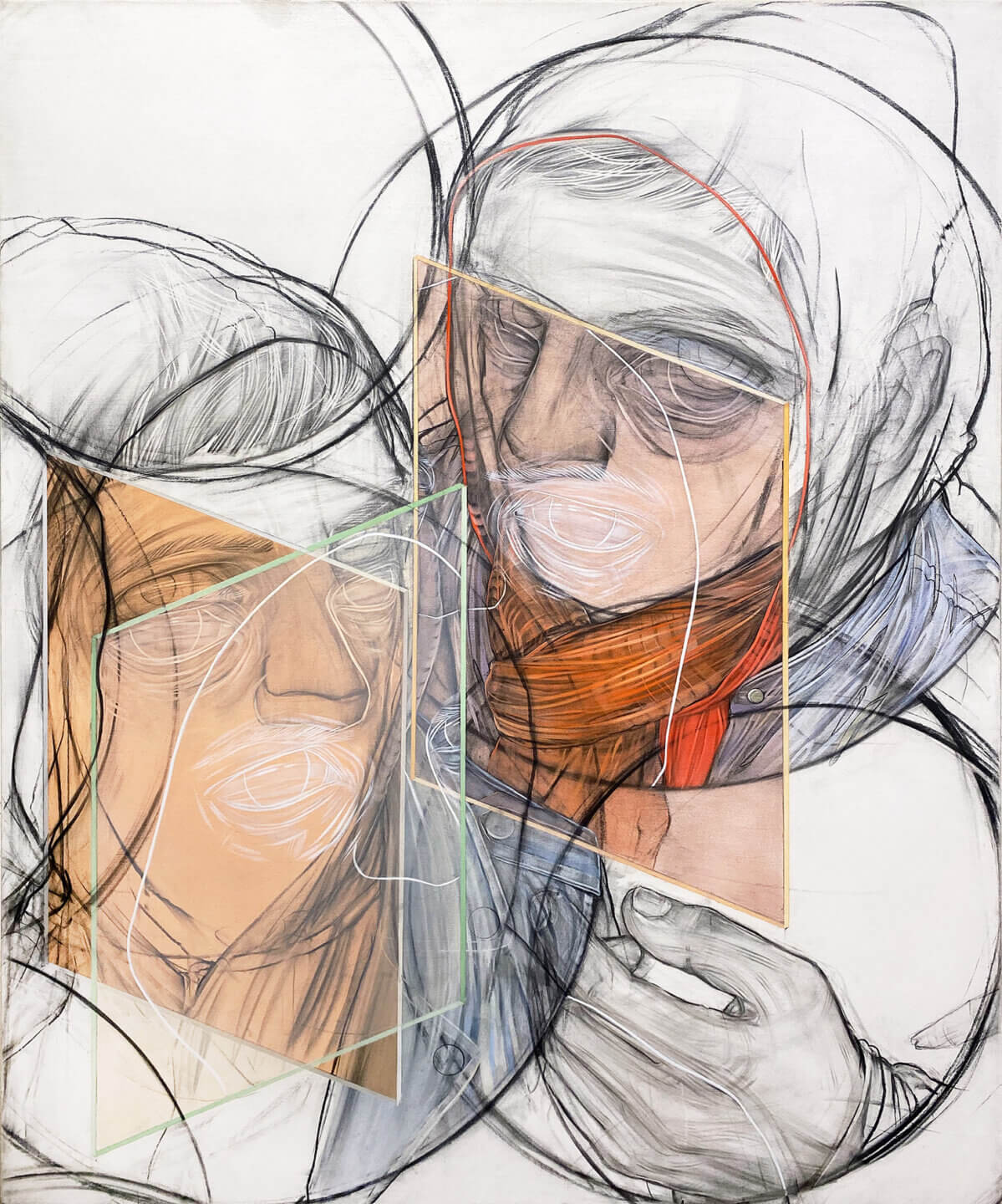
Waiting Game #1
2022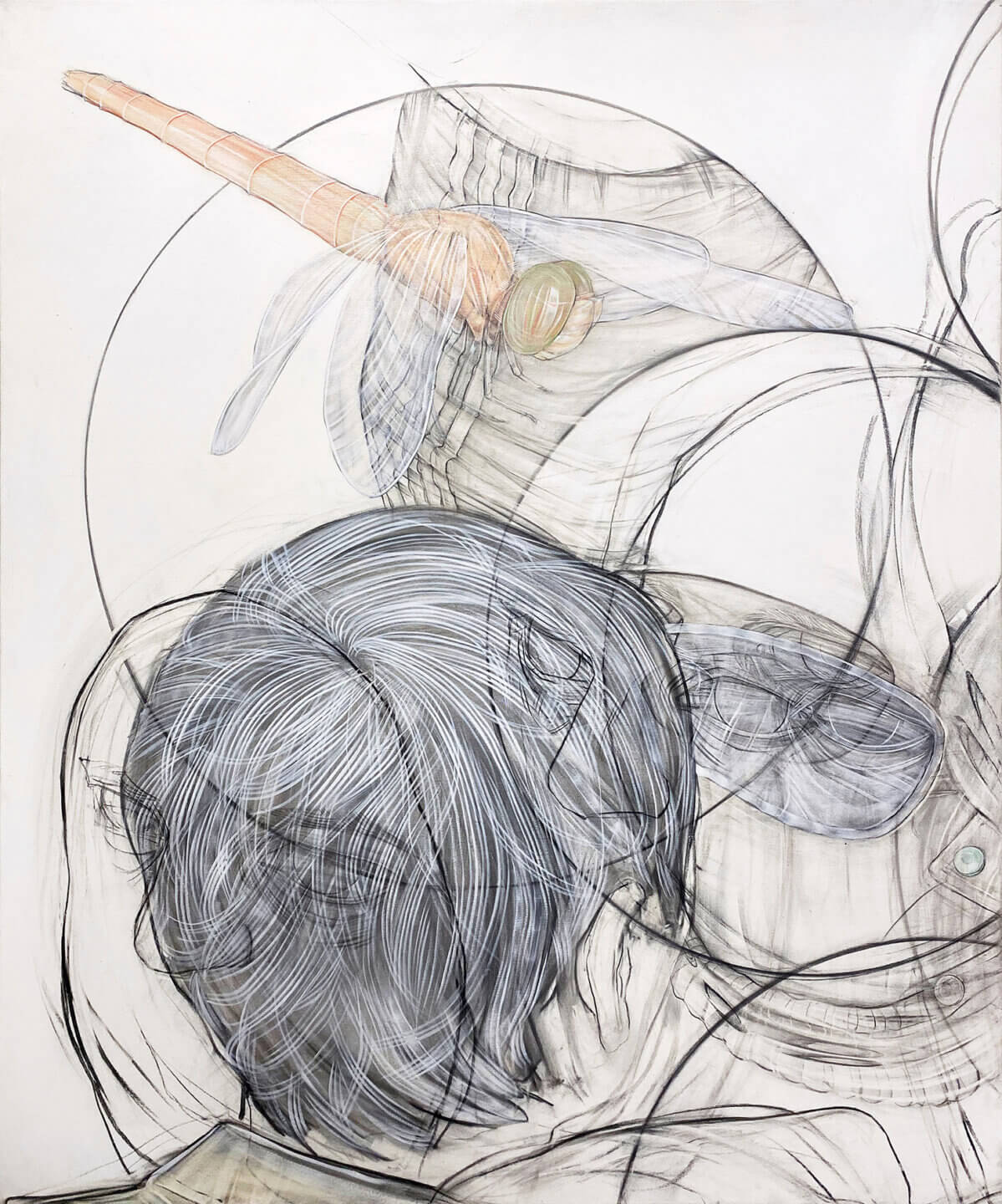
Waiting Game #2
2022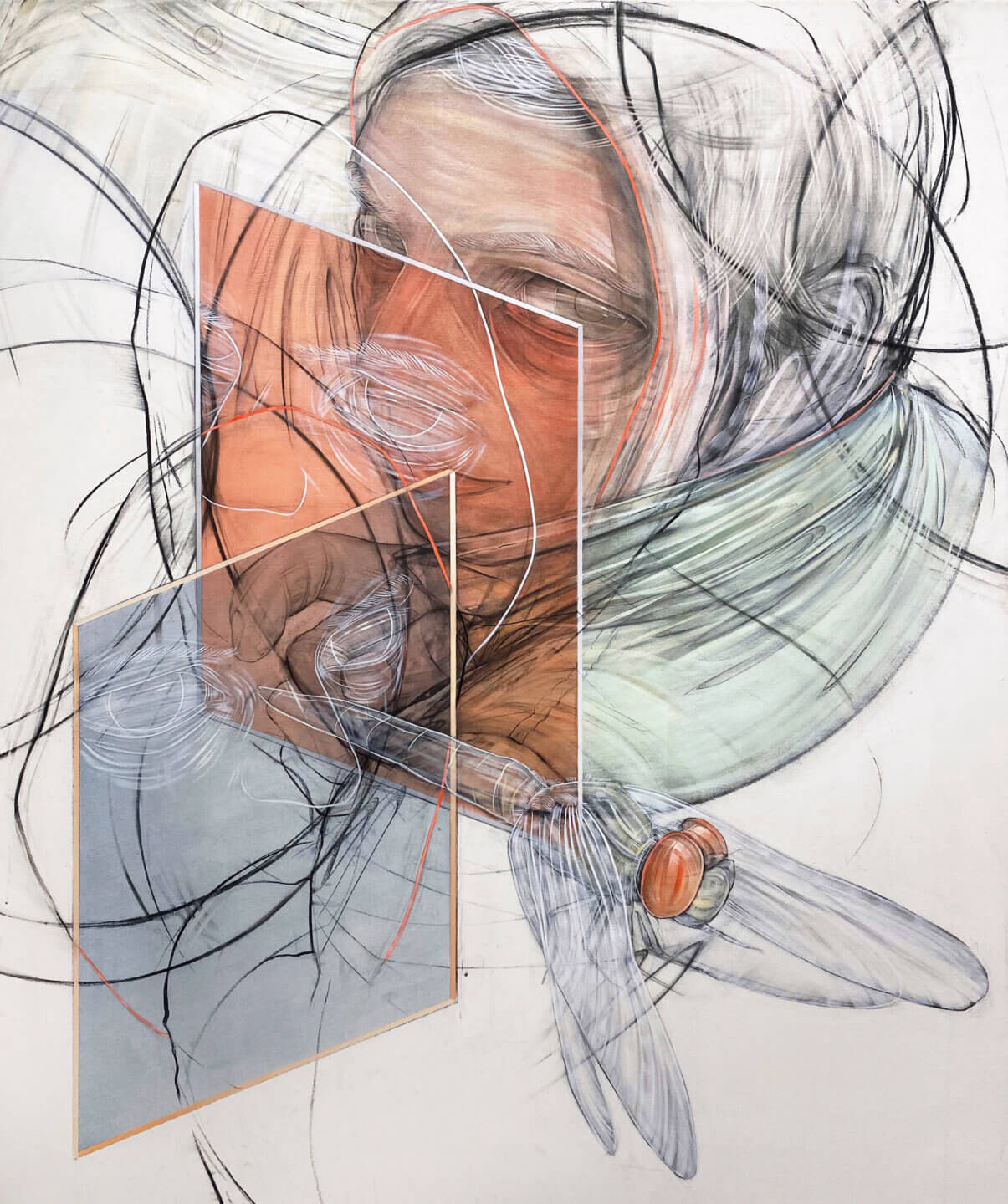
Waiting Game #3
2022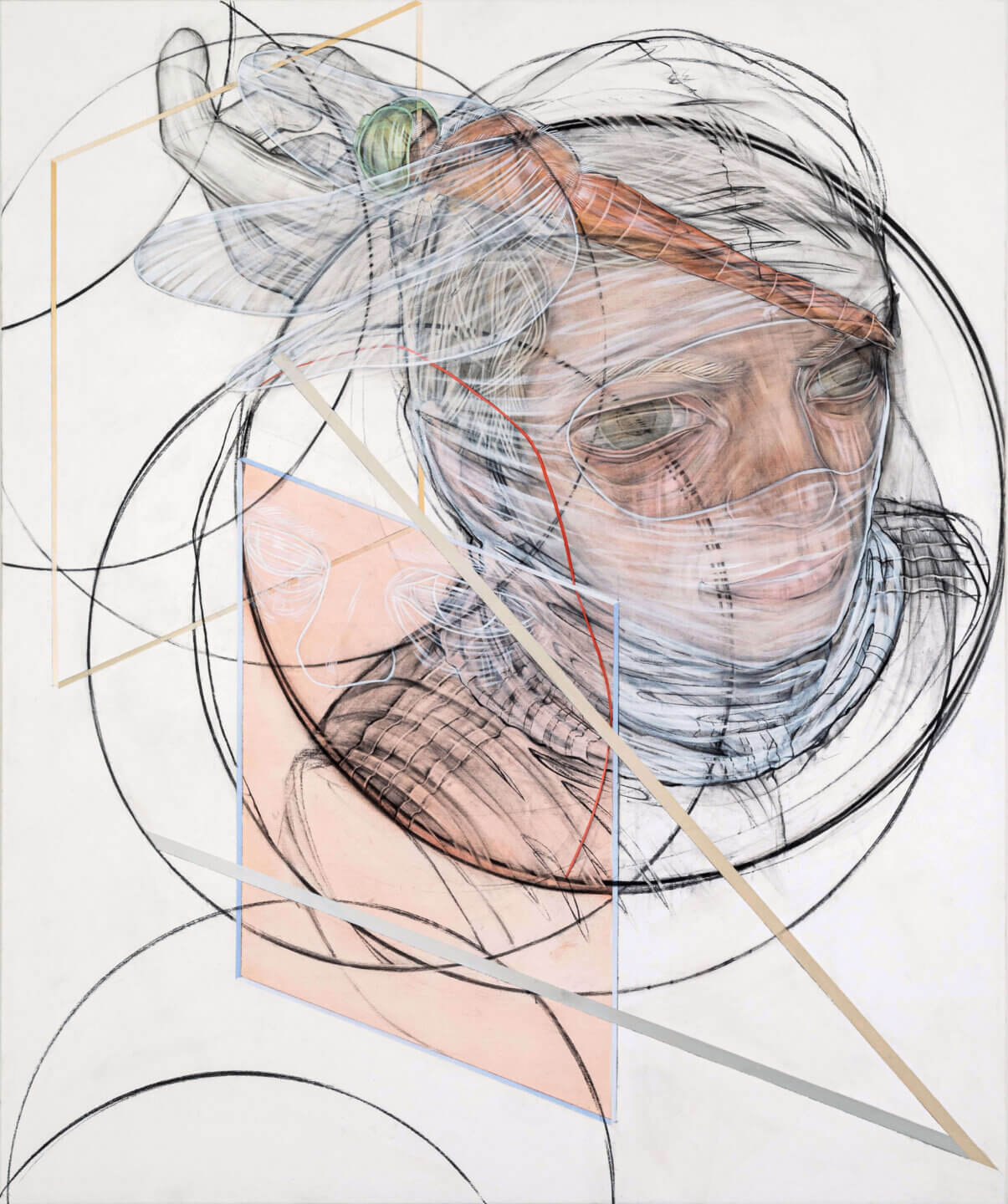
Waiting Game #7
2022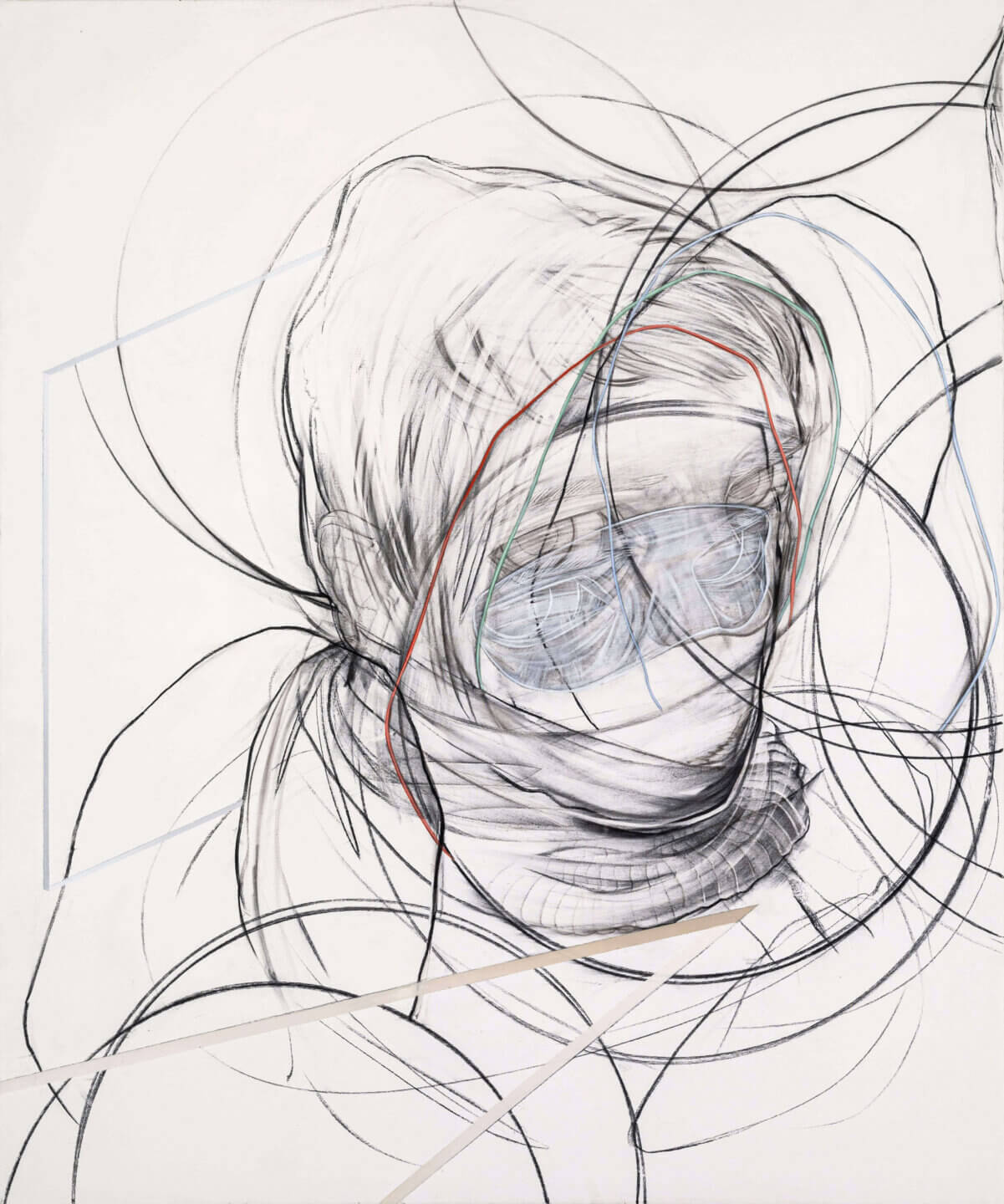
Waiting Game #8
2022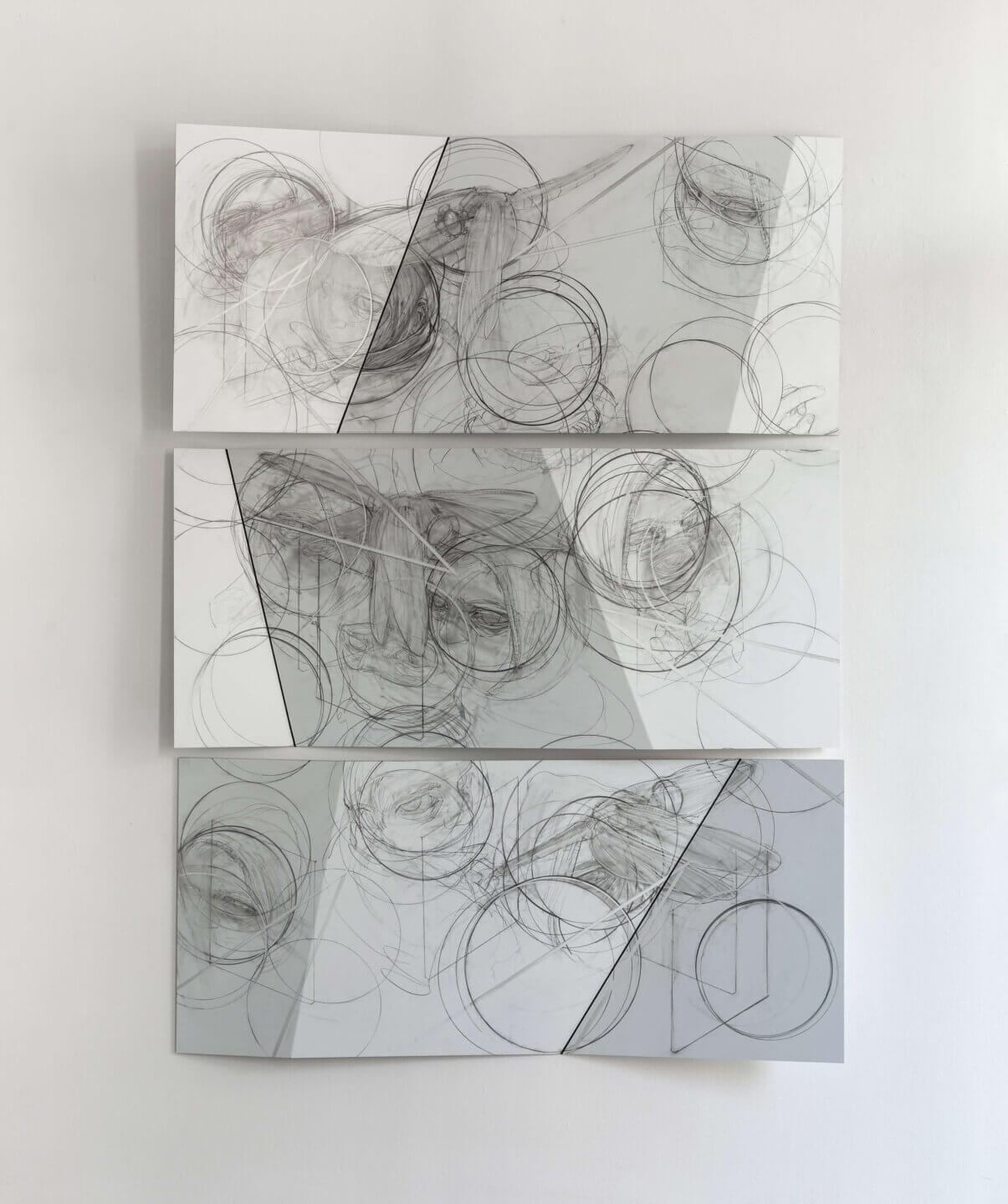
CENTER OF GRAVITY
2022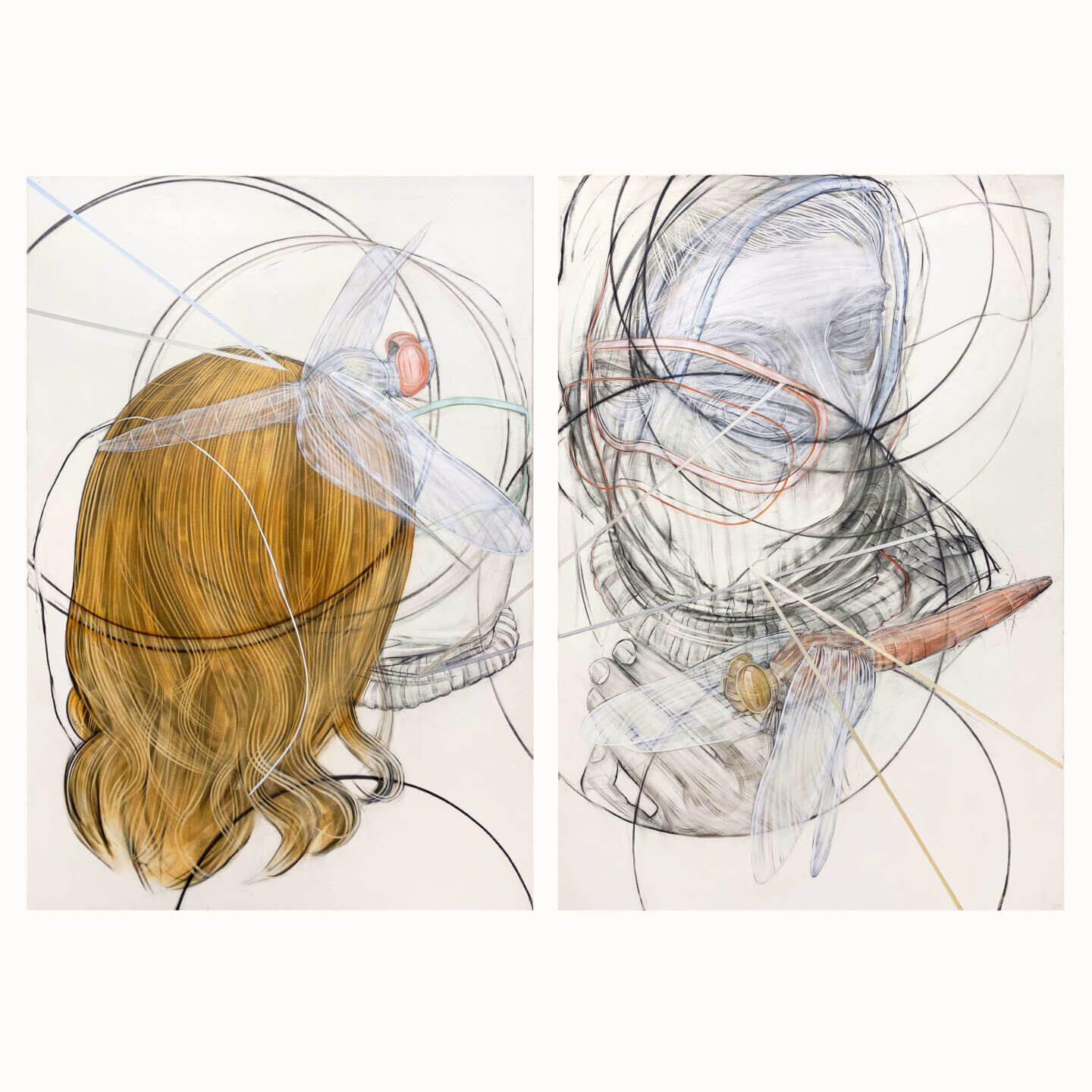
BYPASS
2021